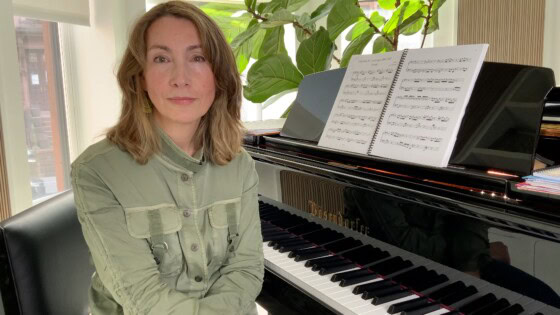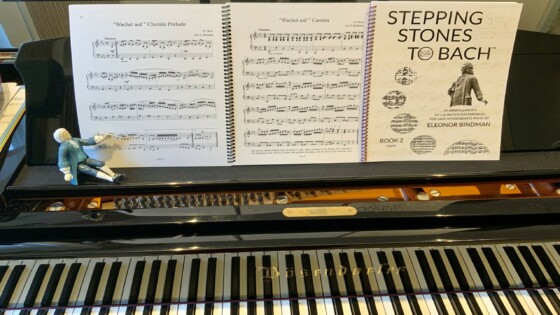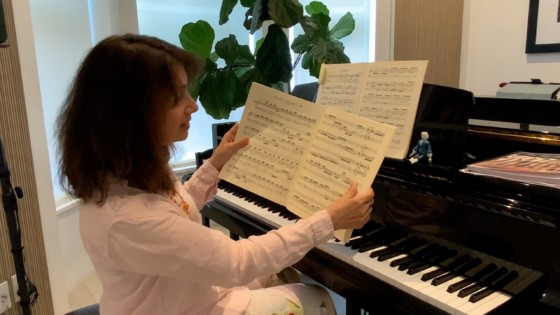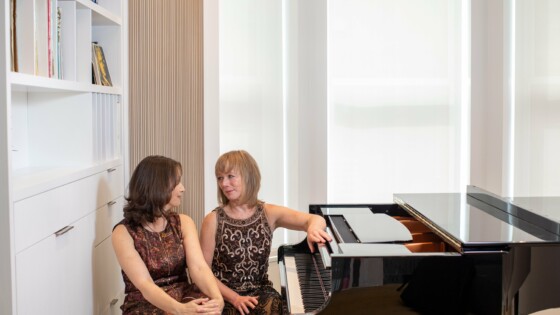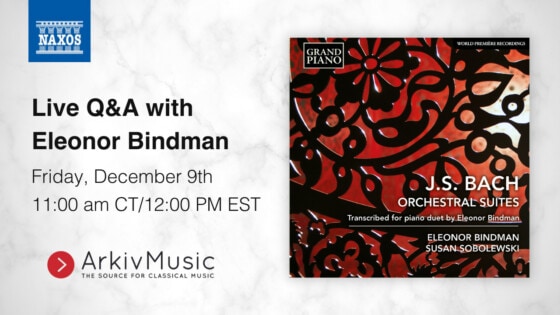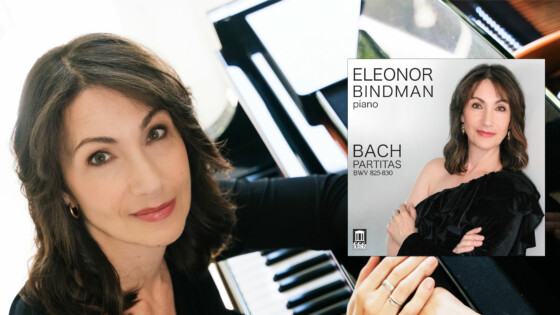In honor of this new video, for a limited time, I’m offering a free download of both the analysis and score: Suite No. 1 is… Continue reading New Analysis Video — Prelude from Cello Suite No. 1
Category: News
Announcing an all-new single volume of Stepping Stones to Bach!
Stepping Stones to Bach is now available in a single, 48-arrangement, volume of J.S. Bach’s Masterpieces for Easy/Intermediate Piano! Stepping Stones to Bach was created to… Continue reading Announcing an all-new single volume of Stepping Stones to Bach!
In Concert at Old Stone House November 12
November 12, 2023, Eleonor Bindman presents a solo recital at Old Stone House in Brooklyn. Program to include:
88 by 20 performs Eleonor Bindman’s J.S. Bach Orchestral Suites Transcription
The “88 by 20” Piano Duo, Asiya Korepanova and Ilya Kazantsev perform Eleonor Bindman’s J.S. Bach Orchestral Suite No. 3 transcription during their August 18,… Continue reading 88 by 20 performs Eleonor Bindman’s J.S. Bach Orchestral Suites Transcription
Guided Memorization Workshops for Pianists
Do you struggle with memorizing your piano pieces? Our Guided Memorization workshops will help. Each workshop will consist of 3 weekly Zoom sessions and 2 weeks of… Continue reading Guided Memorization Workshops for Pianists
Interview on the Dress Rehearsal Podcast
Eleonor Bindman joined the Dress Rehearsal Podcast to discuss her transcriptions of J.S. Bach’s Brandenburg Concertos, Orchestral Suites, and Cello Suites. Listen to the podcast… Continue reading Interview on the Dress Rehearsal Podcast
Stretto Feature on Eleonor Bindman’s Piano Duet Arrangements
Stretto Magazine has a double-review of Eleonor Bindman’s Brandenburg Concerts and Orchestral Suites arrangements for Piano Duet and recordings: “With an equal collaboration between the… Continue reading Stretto Feature on Eleonor Bindman’s Piano Duet Arrangements
Interview with Naxos Music
On December 9, it was a pleasure to do a Live Q&A with Naxos Music about my new piano duet arrangements of the J.S. Bach… Continue reading Interview with Naxos Music
Talking Bach Orchestral Suites with NCCR Cooler Classics
I enjoyed the opportunity to discuss my new album of J.S. Bach: Orchestral Suites transcribe for Piano Duet with North Cotswold Community Radio’s Peter Lewis.… Continue reading Talking Bach Orchestral Suites with NCCR Cooler Classics
J.S. Bach Orchestral Suites for Piano Duet Available Now
From 21C Media — Today, November 11, pianist Eleonor Bindman releases a recording, with duo partner Susan Sobolewski, of J.S. Bach’s four Orchestral Suites – transcribed by Bindman for four-hands piano – on… Continue reading J.S. Bach Orchestral Suites for Piano Duet Available Now
Announcing the Bach Orchestral Suites for Piano Duet
On November 11th, the recording of my arrangement of J.S. Bach’s Orchestral Suites will start streaming and selling worldwide. Together with The Brandenburg Duets, this completes my most important musical… Continue reading Announcing the Bach Orchestral Suites for Piano Duet
J.S. Bach Partitas Reviews
I am happy to share a few of the latest reviews of my J.S. Bach Partitas release as it is gratifying to see some critics… Continue reading J.S. Bach Partitas Reviews
